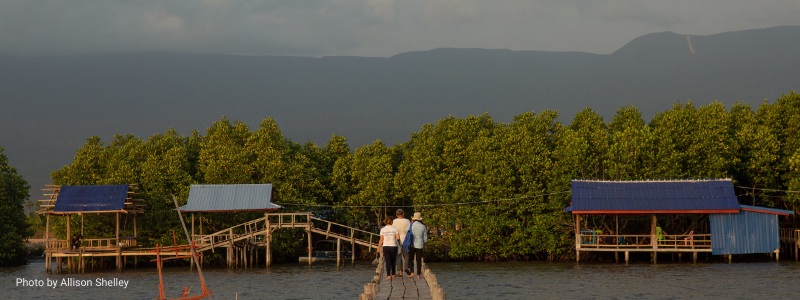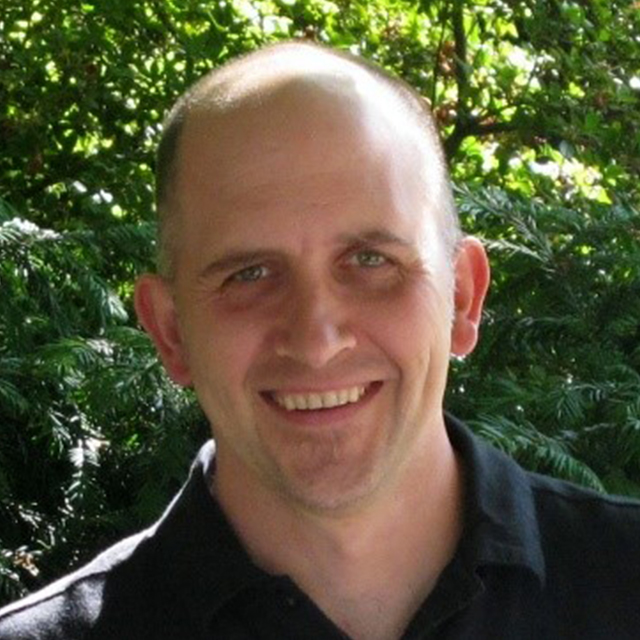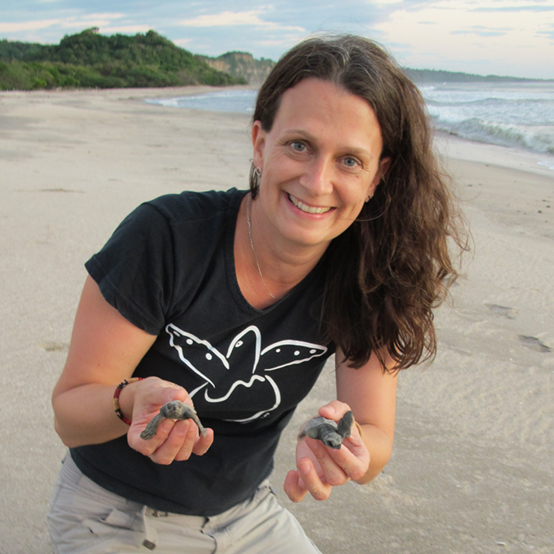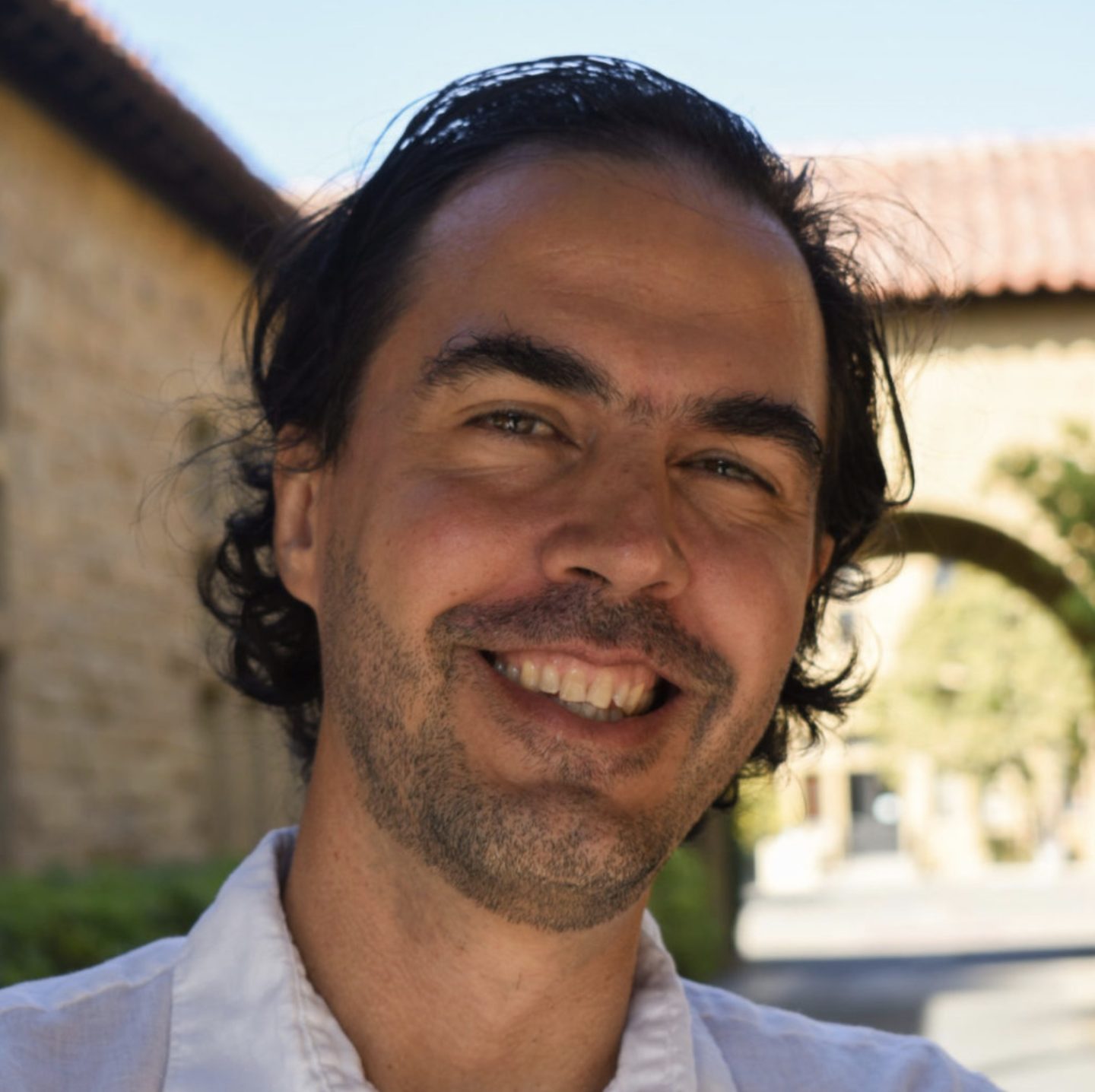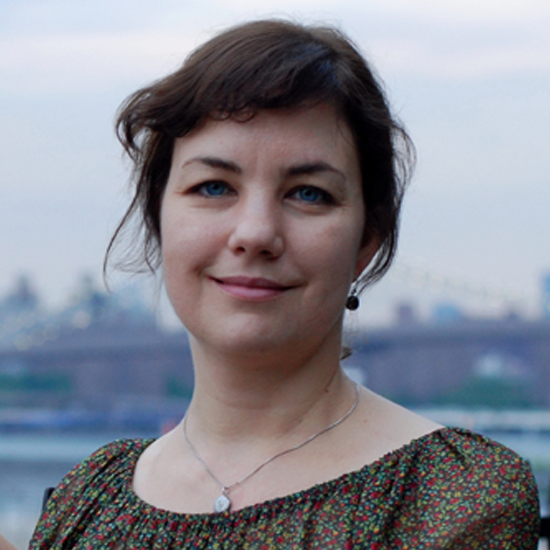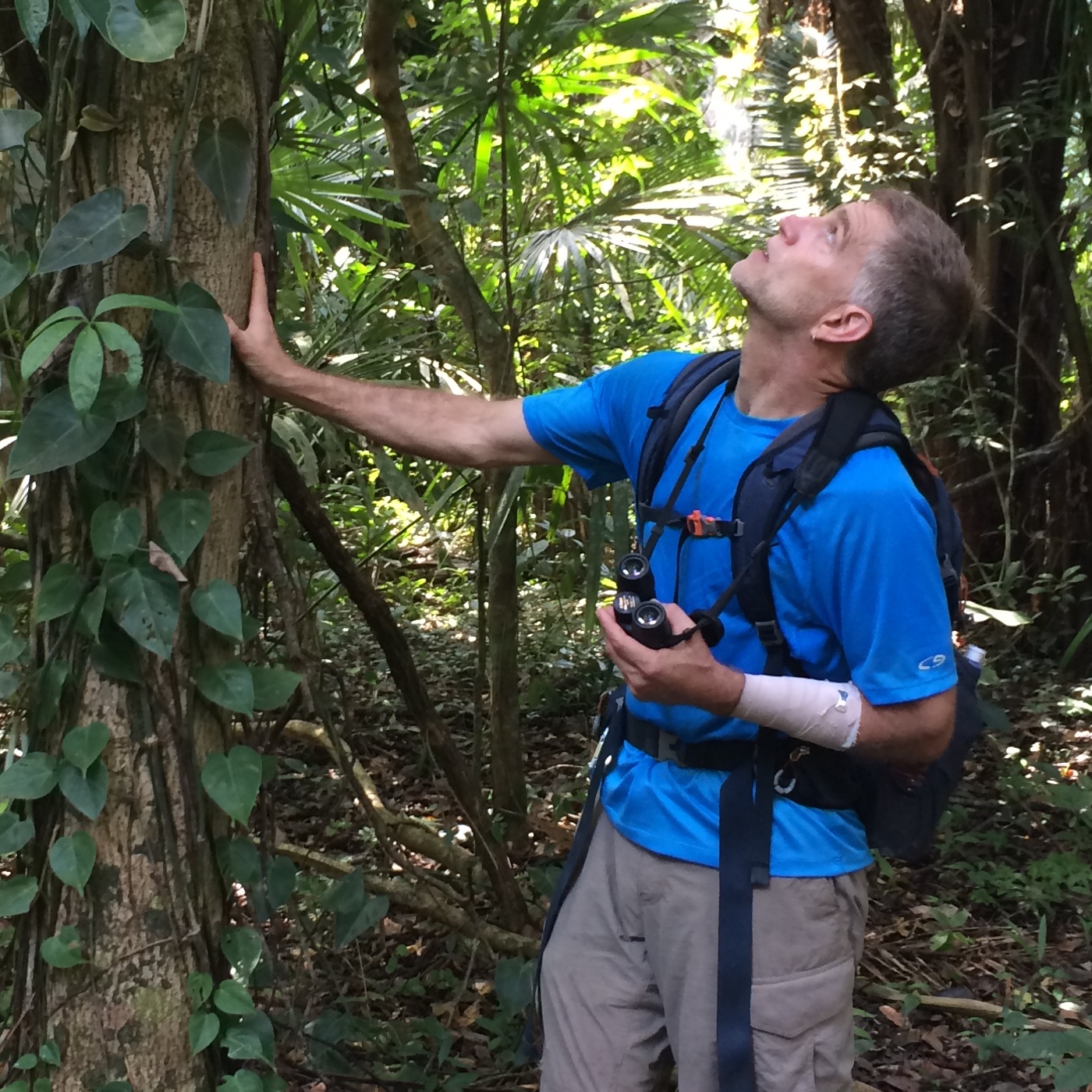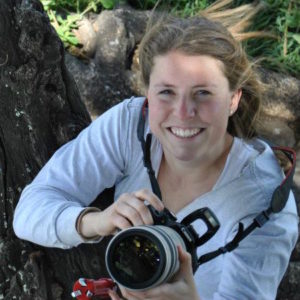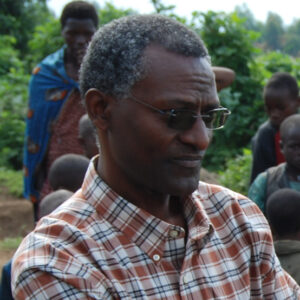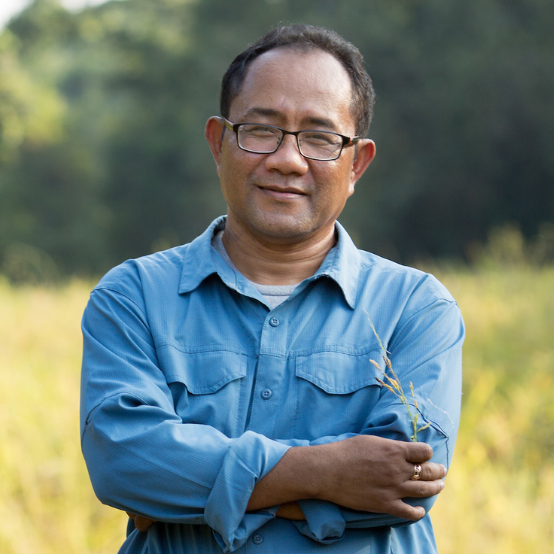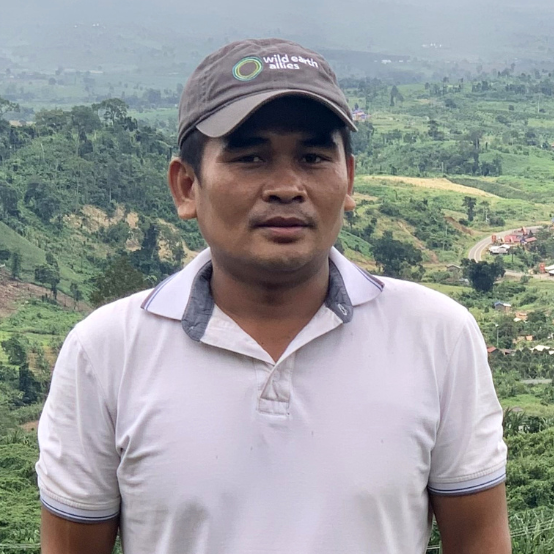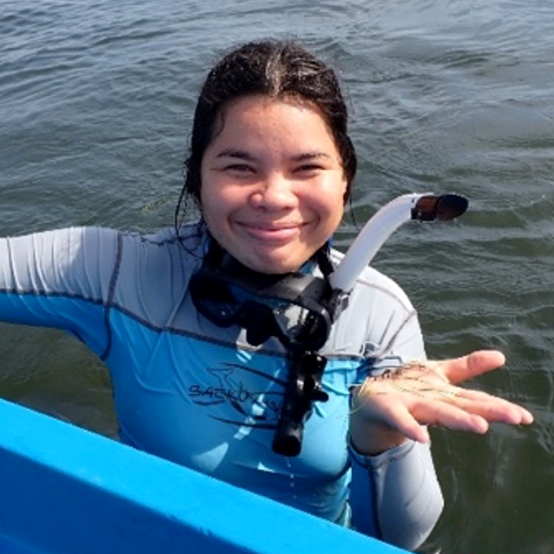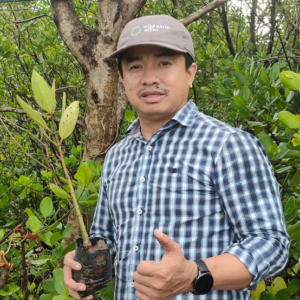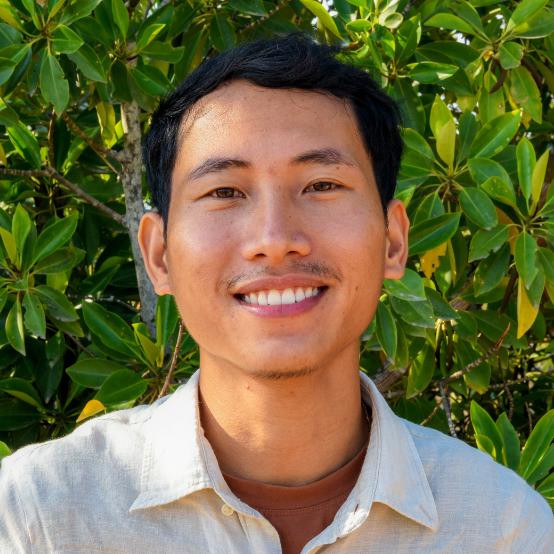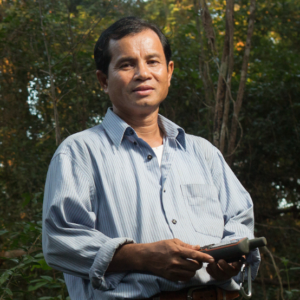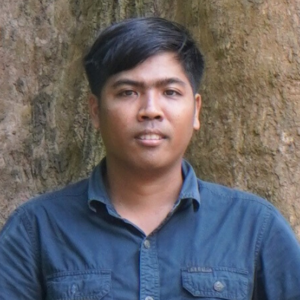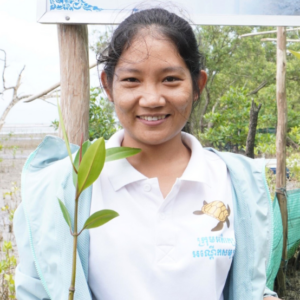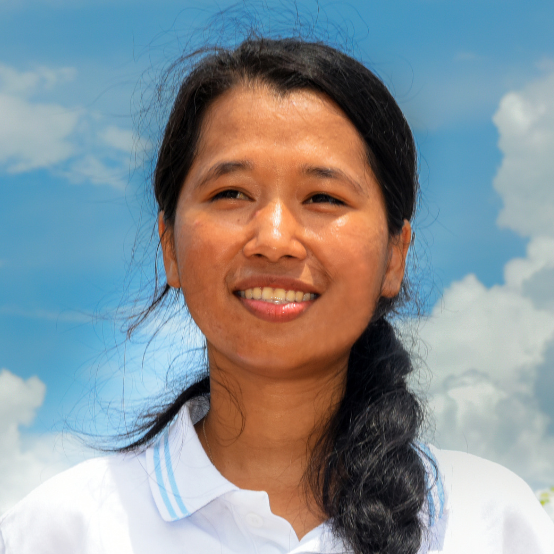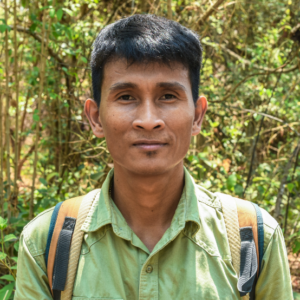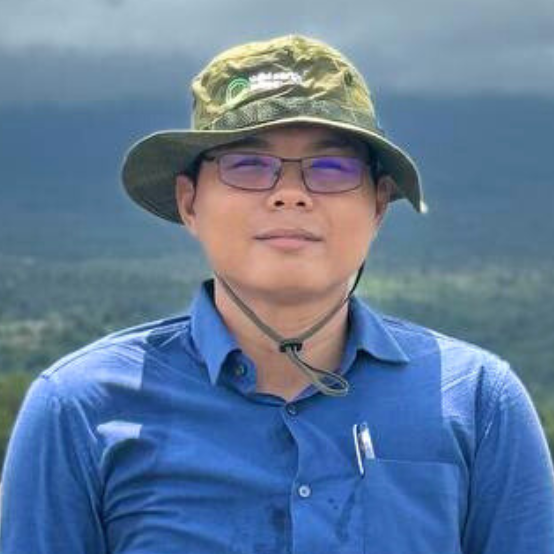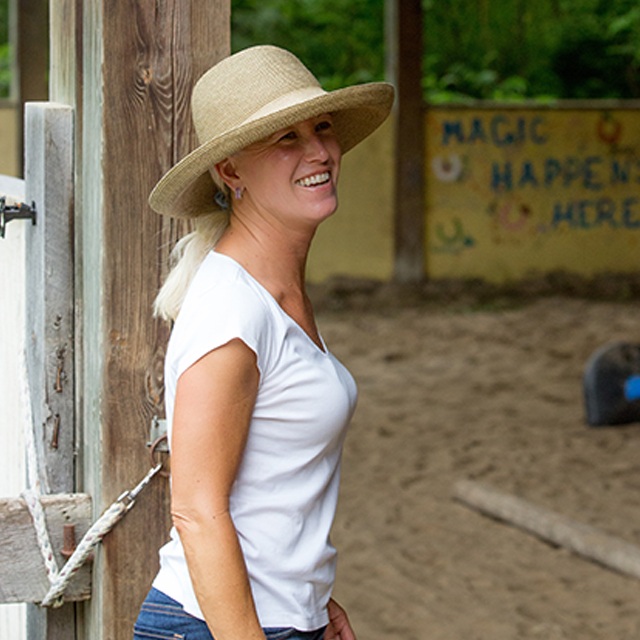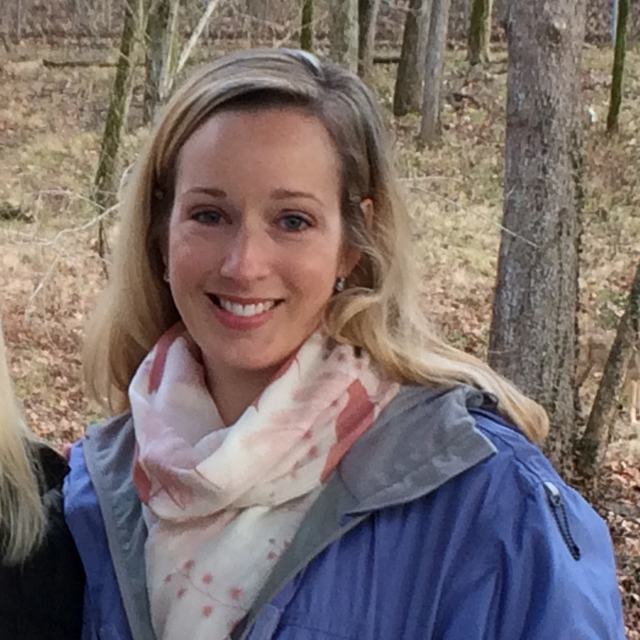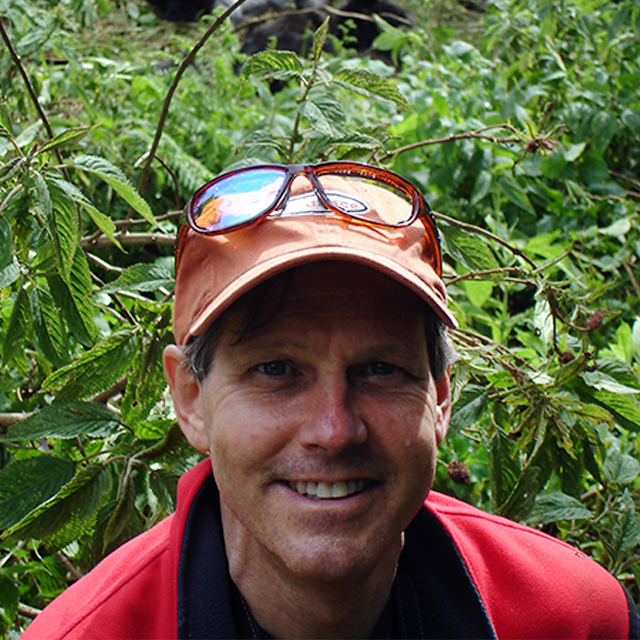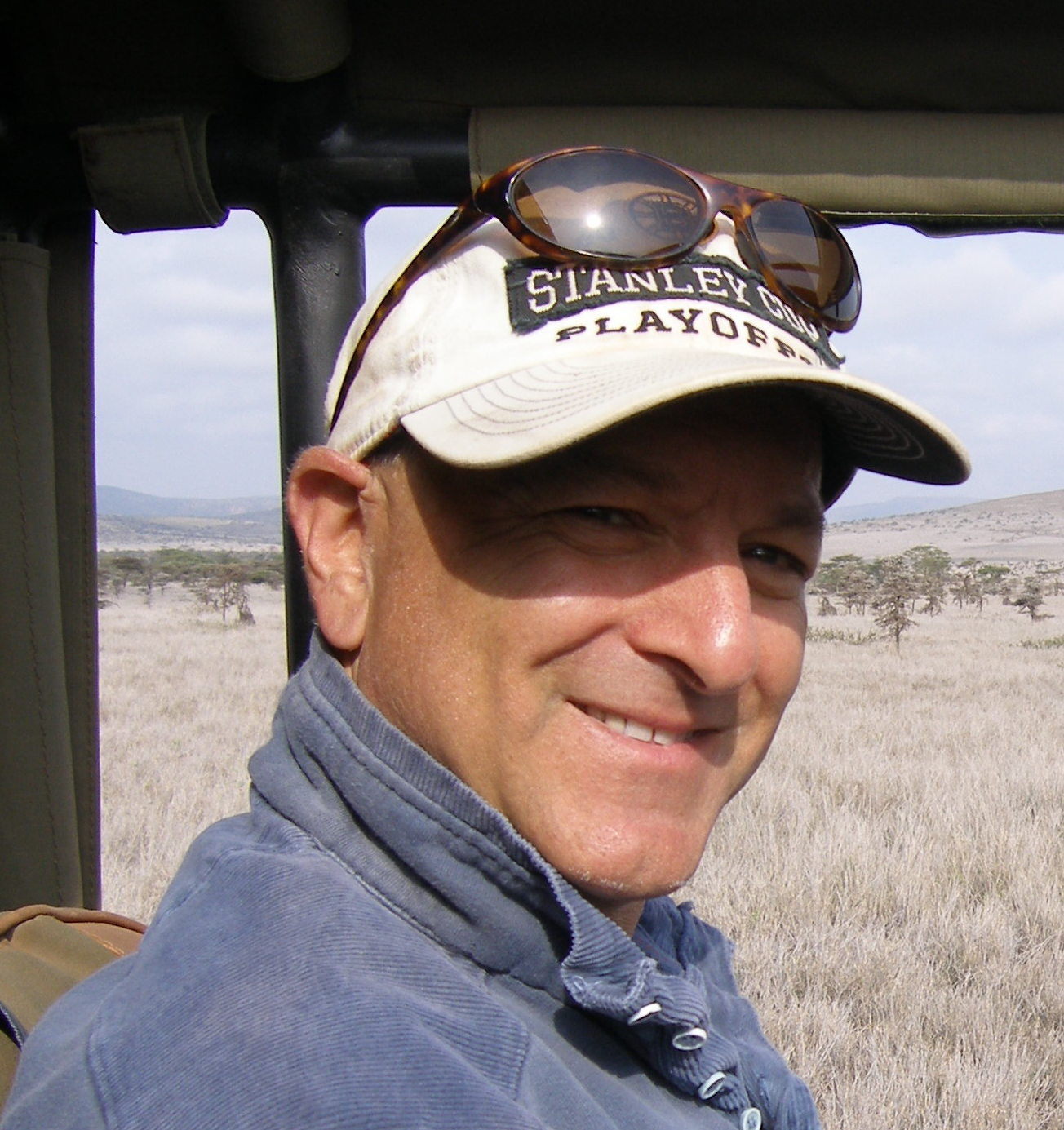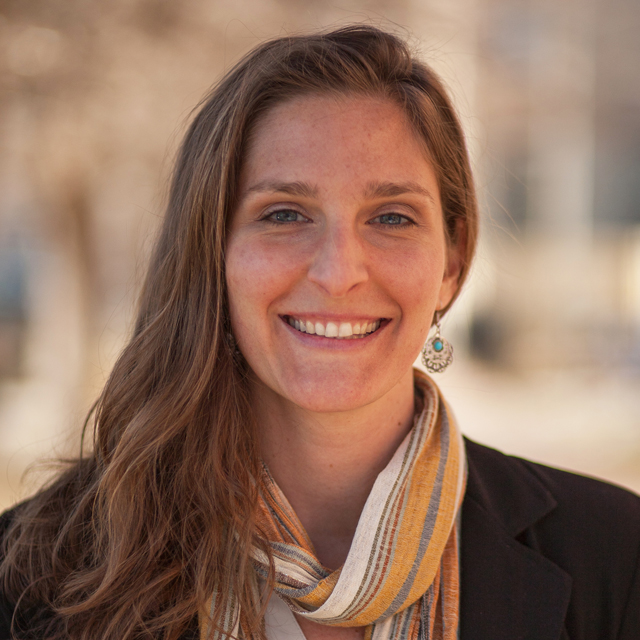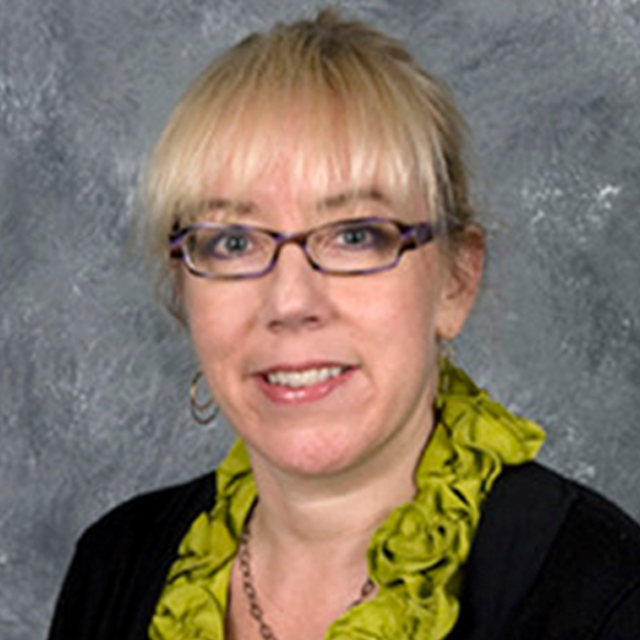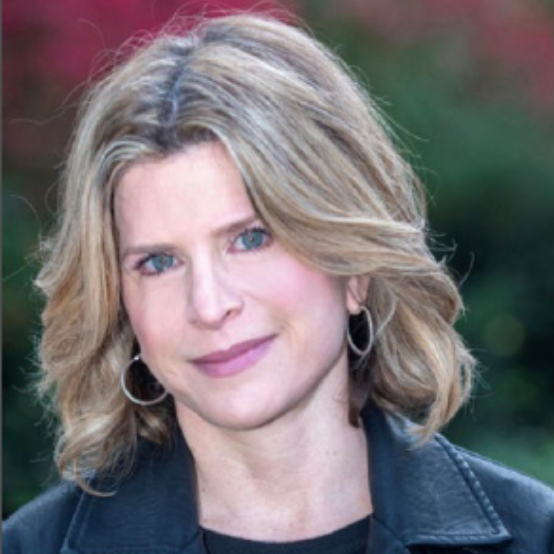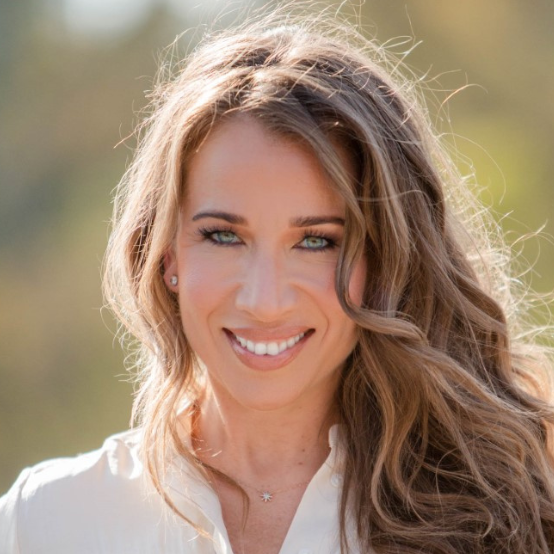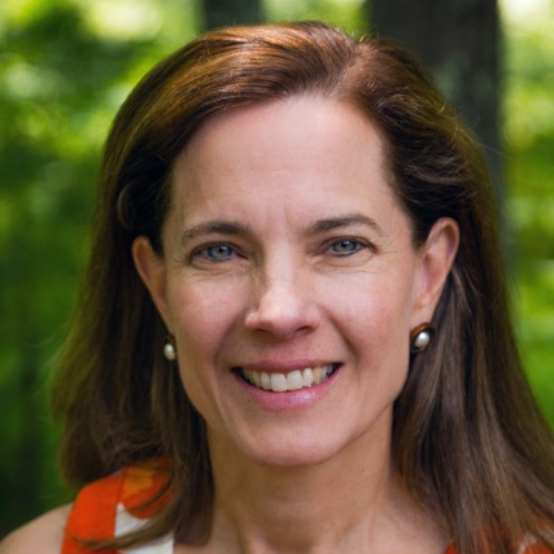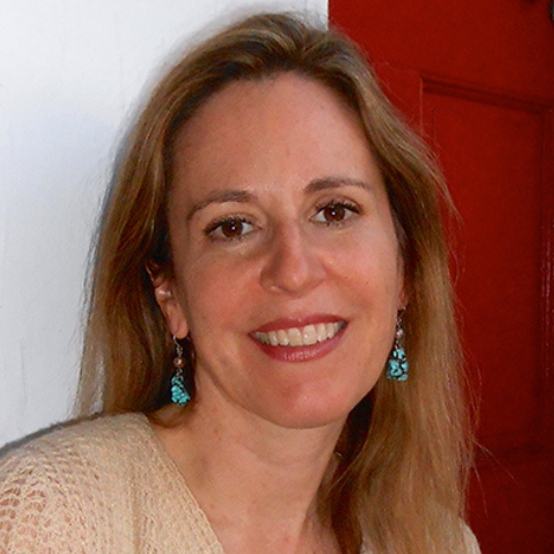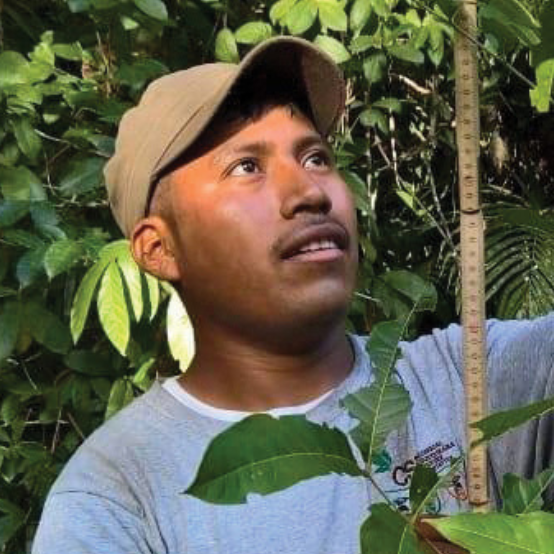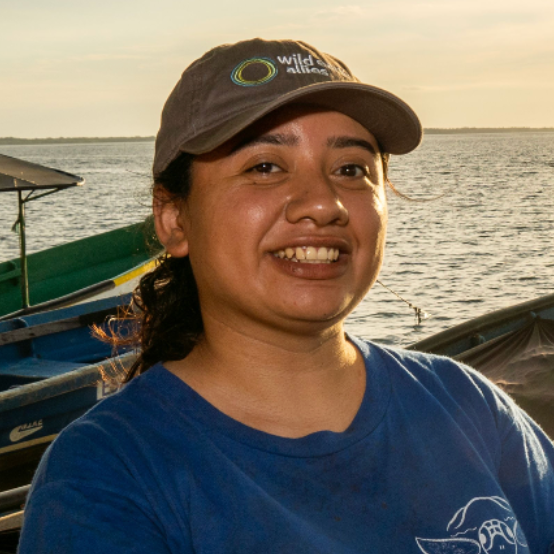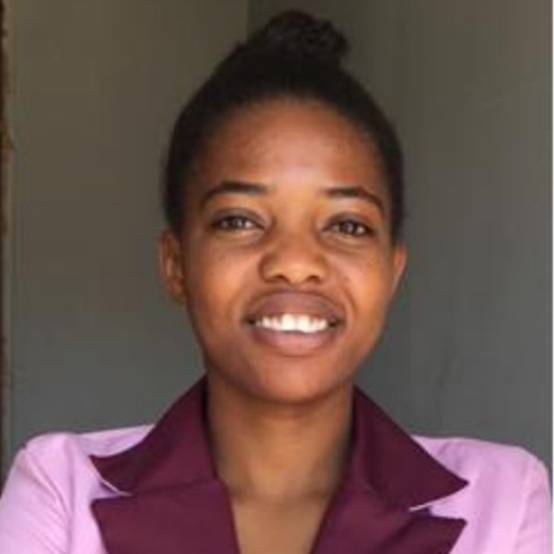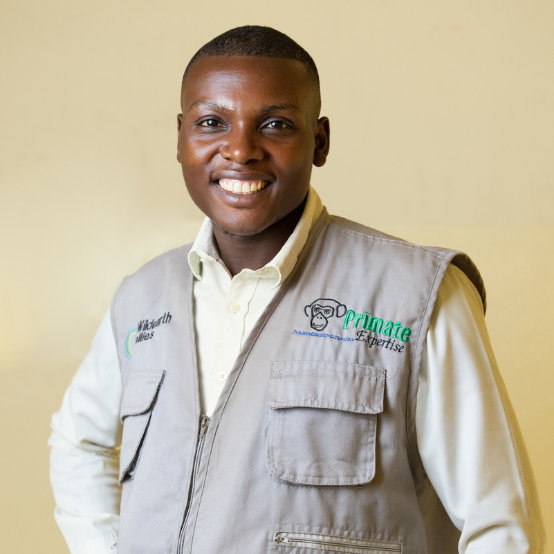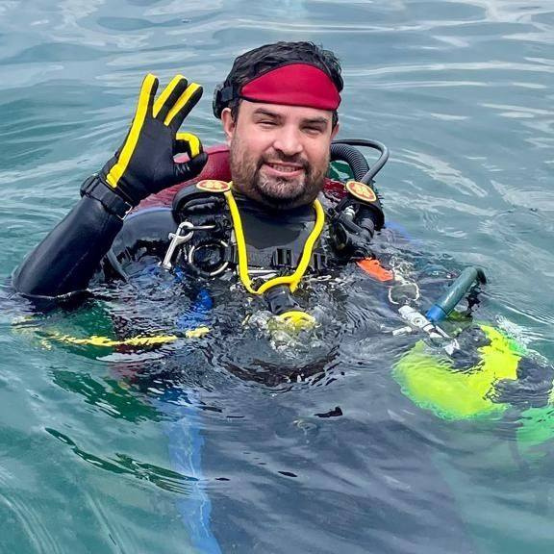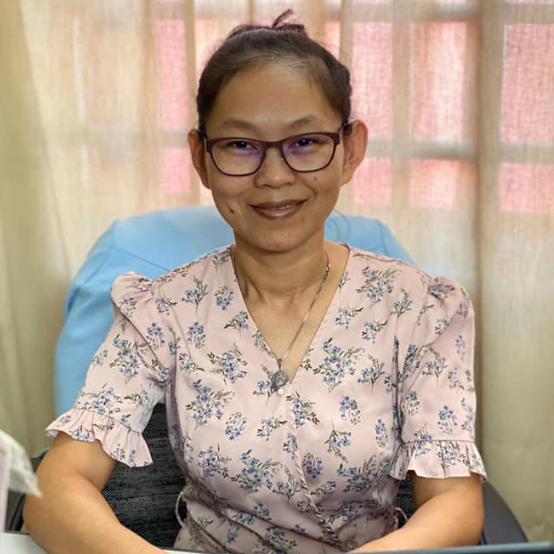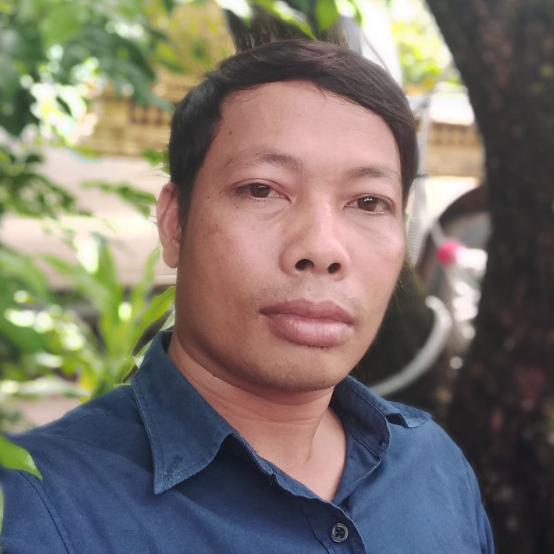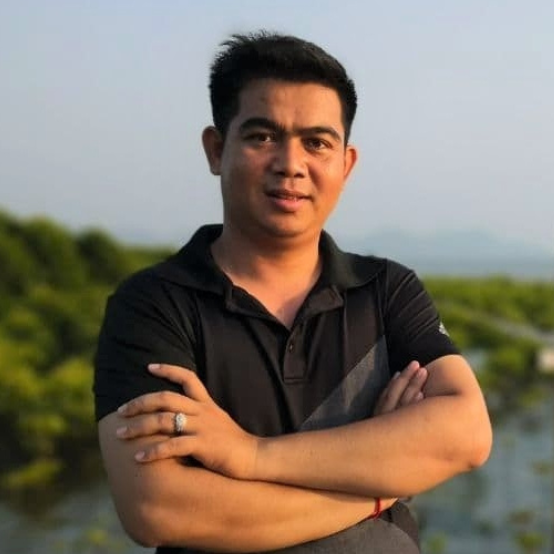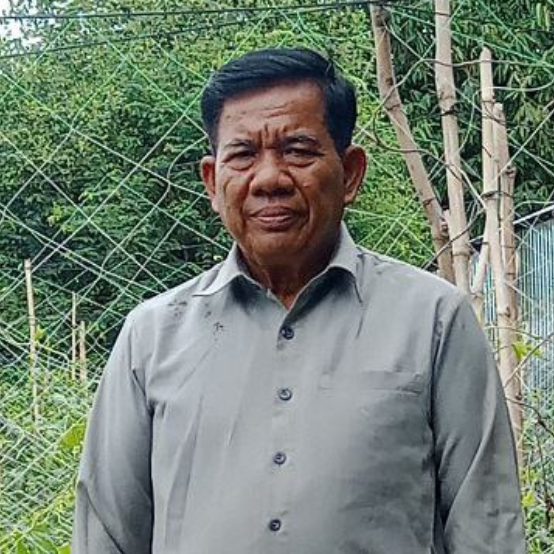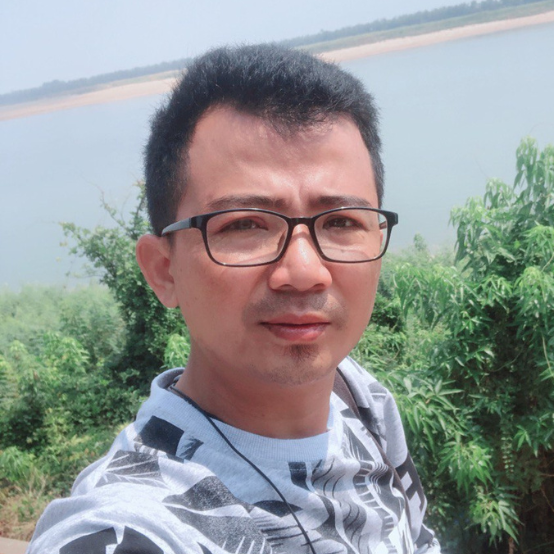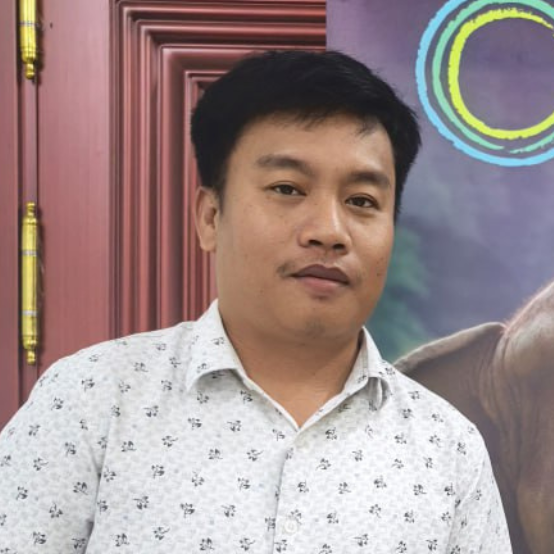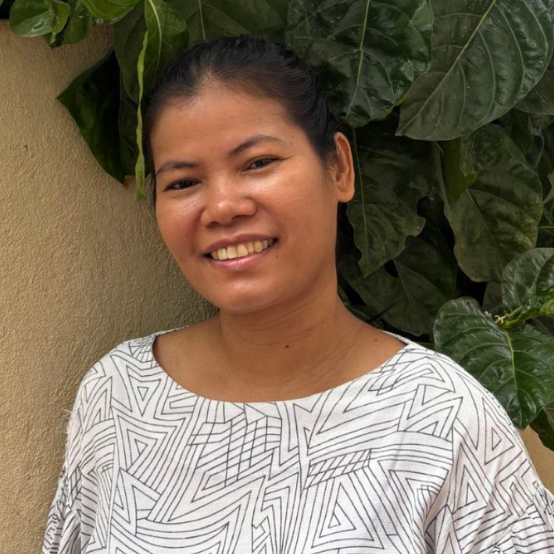Along Cambodia’s southwest coast, we are working closely with communities to establish a new marine protected area, known locally as a Marine Fisheries Management Area (MFMA).
Cambodia’s marine environment harbors rich biodiversity within its expansive coral, seagrass, and mangrove habitats. Its southwest coast, which includes Kampot and Kep provinces, possesses a globally important marine mammal area, southeast Asia’s largest seagrass meadows, and regionally important coral reefs.
This biodiverse area faces challenges from rapid coastal development and illegal fishing practices, which threaten both these marine ecosystems and the livelihoods of coastal communities that depend on them.
In collaboration with community fisheries and government partners, we are responding to these challenges by moving towards the approval for this new marine protected area: the Kampot MFMA.
Protecting this area matters for habitats, threatened species, and community livelihoods, and even has implications for our changing climate.
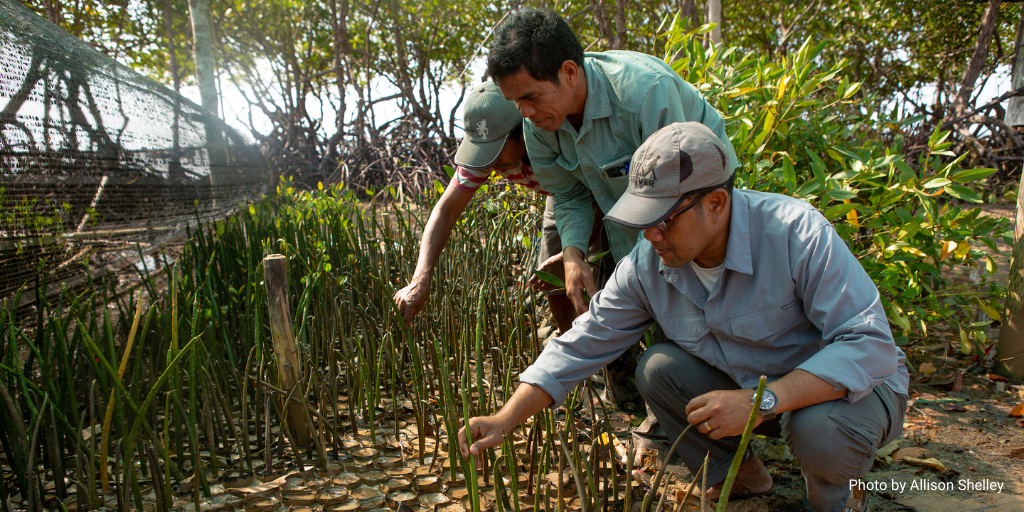
HABITATS
The marine environment of Kampot and Kep provinces boasts a productive, bio-rich ecosystem with highly connected coral, seagrass, and mangrove habitats that provide important ecological services locally and regionally.
Coral reefs in Kep are identified as regionally important in the Gulf of Thailand by the Vibrant Oceans initiative, and Kampot province is home to one-third of Cambodia’s coral reefs.
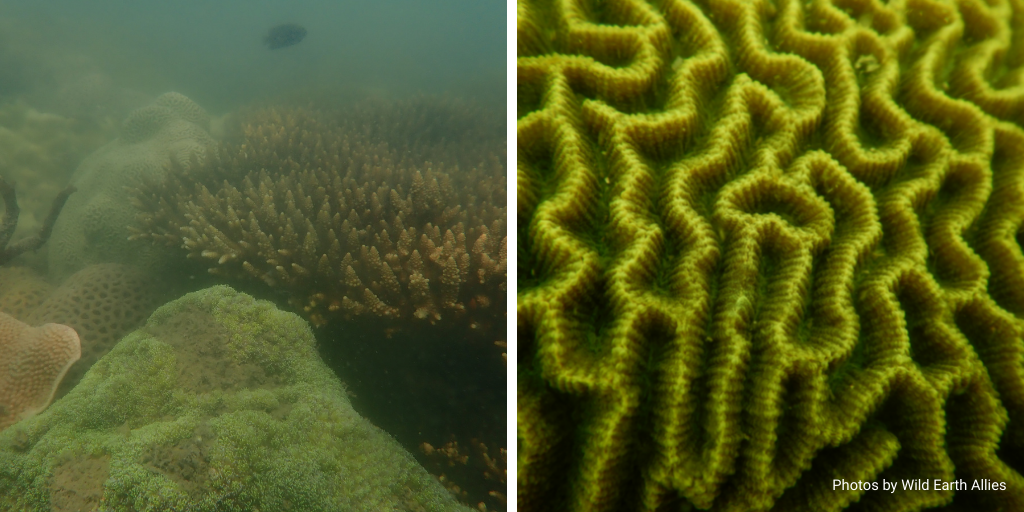 Coral in Kampot province, Cambodia.
Coral in Kampot province, Cambodia.
Meanwhile, the area’s seagrass meadows are particularly vital as one of the largest remaining in southeast Asia.
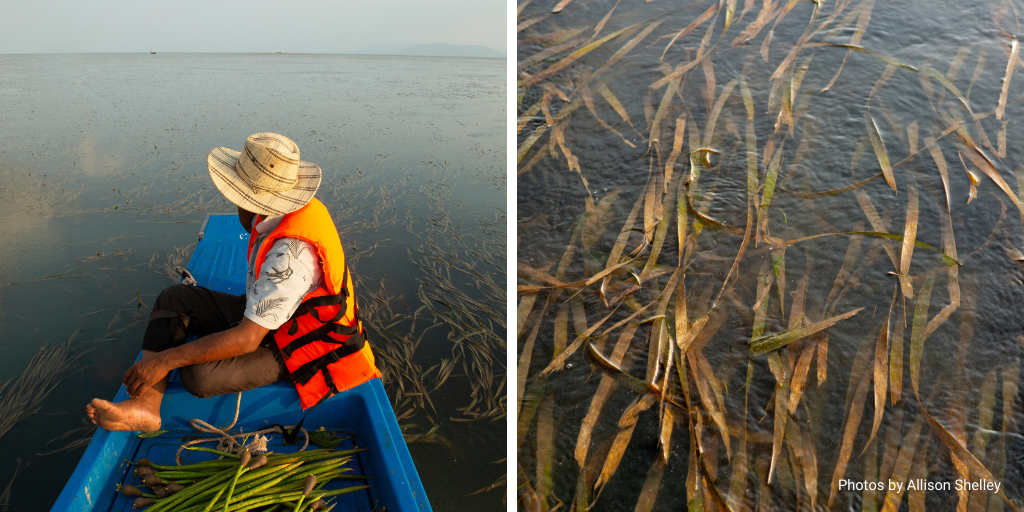 Left, community fishery chief Tit Rin glides through seagrass with a harvest of mangrove seeds. Right, seagrass in the bay near the village of Trapeang Ropov in Kampot Province.
Left, community fishery chief Tit Rin glides through seagrass with a harvest of mangrove seeds. Right, seagrass in the bay near the village of Trapeang Ropov in Kampot Province.
And, this marine area in Kampot and Kep harbors expansive mangrove forests, which hold significance for wildlife and communities. In a recent assessment in five coastal communities, 90% of respondents want future generations to enjoy mangroves and coral reefs.
The MFMA we are working to establish will increase protection of these coral, seagrass, and mangrove habitats while reducing key pressures.
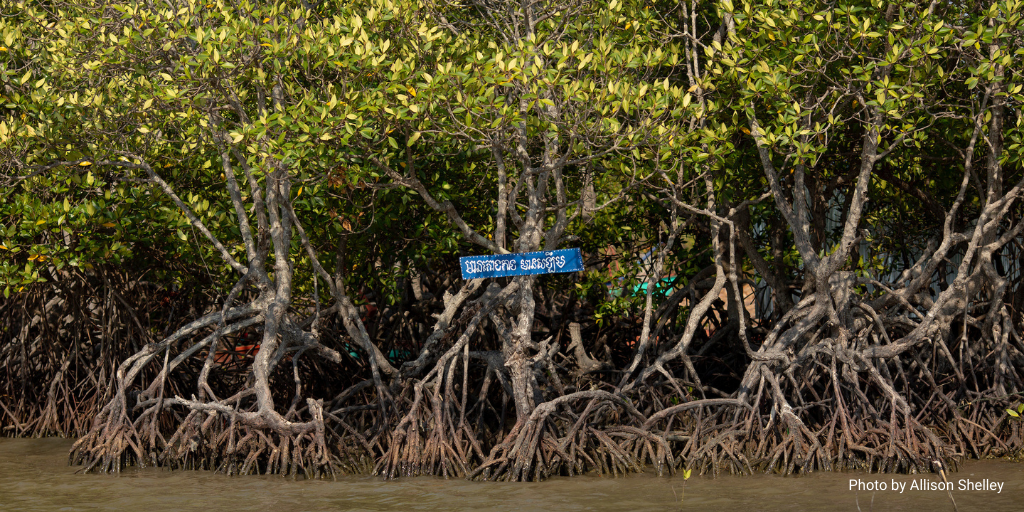 In the fishing village of Prek Thnout in Kampot province, Cambodia, a sign in a stand of mangroves reads, “Where there are mangroves, there is hope.”
In the fishing village of Prek Thnout in Kampot province, Cambodia, a sign in a stand of mangroves reads, “Where there are mangroves, there is hope.”
THREATENED SPECIES
These marine ecosystems in Kampot and Kep also serve as important habitats that support threatened species including marine turtles, dugong, and Irrawaddy dolphins.
To assess the status of these and other threatened species, we are conducting underwater surveys, interviewing local fishers who are deeply familiar with the marine environment, and assessing opportunities for implementing threat-reduction activities.
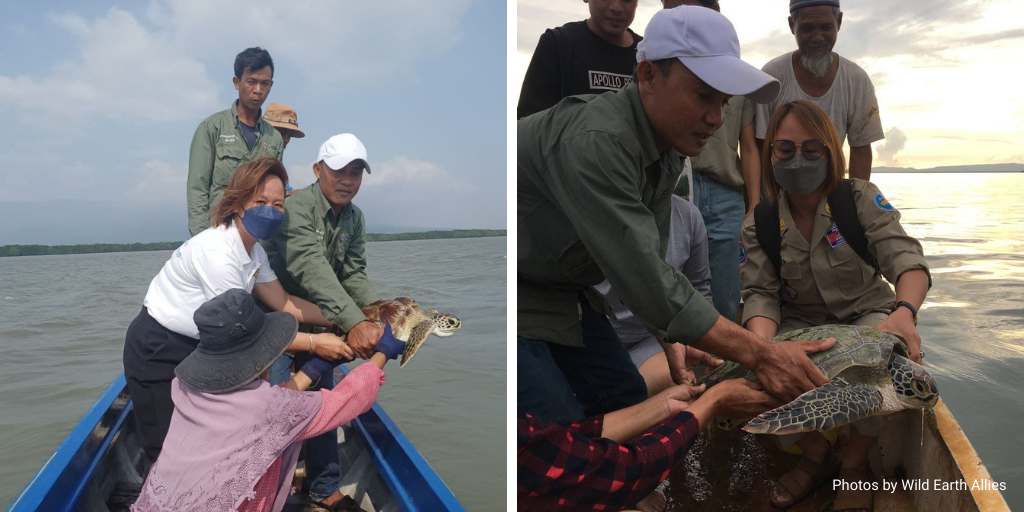 At left, a green turtle is successfully released in Kampot province. At right, another turtle is released.
At left, a green turtle is successfully released in Kampot province. At right, another turtle is released.
COMMUNITY LIVELIHOODS
In addition, this productive ecosystem holds great importance for livelihoods in these coastal communities, as this bio-rich area supports valuable artisanal fisheries, including fish, shrimp, and blue swimmer crab.
The marine protected area we are working towards would aim to safeguard the livelihoods of thousands of artisanal fishing families.
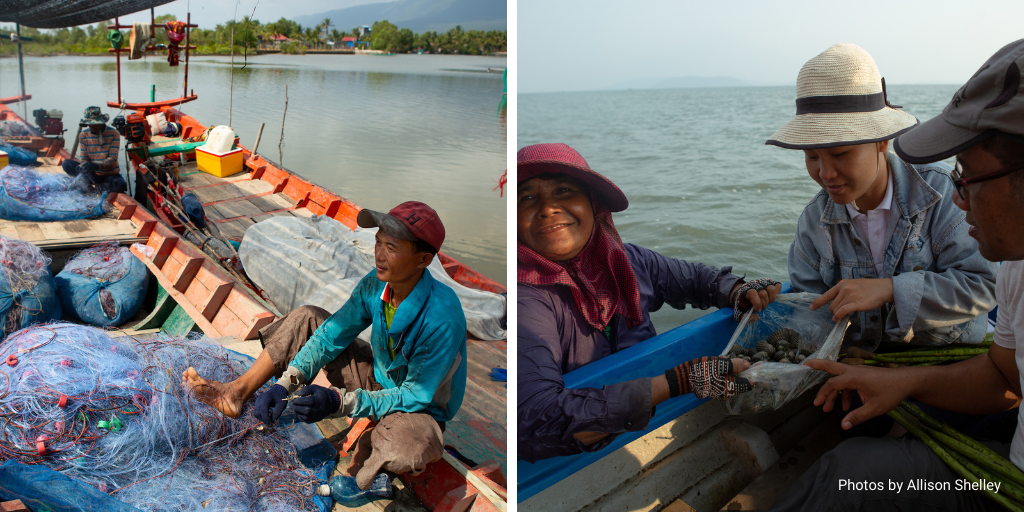 Left, fishermen disentangle catch from their nets after a day on the water, in the fishing village of Prek Thnout in Kampot province. Right, a fisherwoman shows a bag of shellfish that she caught by hand in the bay near the village of Trapeang Ropov to Wild Earth Allies Cambodia Senior Marine Biologist Leng Phalla, center, and Cambodia Program Director Tuy Sereivathana, right, in Kampot province.
Left, fishermen disentangle catch from their nets after a day on the water, in the fishing village of Prek Thnout in Kampot province. Right, a fisherwoman shows a bag of shellfish that she caught by hand in the bay near the village of Trapeang Ropov to Wild Earth Allies Cambodia Senior Marine Biologist Leng Phalla, center, and Cambodia Program Director Tuy Sereivathana, right, in Kampot province.
CLIMATE
Finally, protecting this area also holds significance for climate: these expansive mangrove forests and seagrass meadows sequester carbon dioxide at significantly higher rates than terrestrial forests.
Protecting these coastal ecosystems can offer support in mitigating climate change.
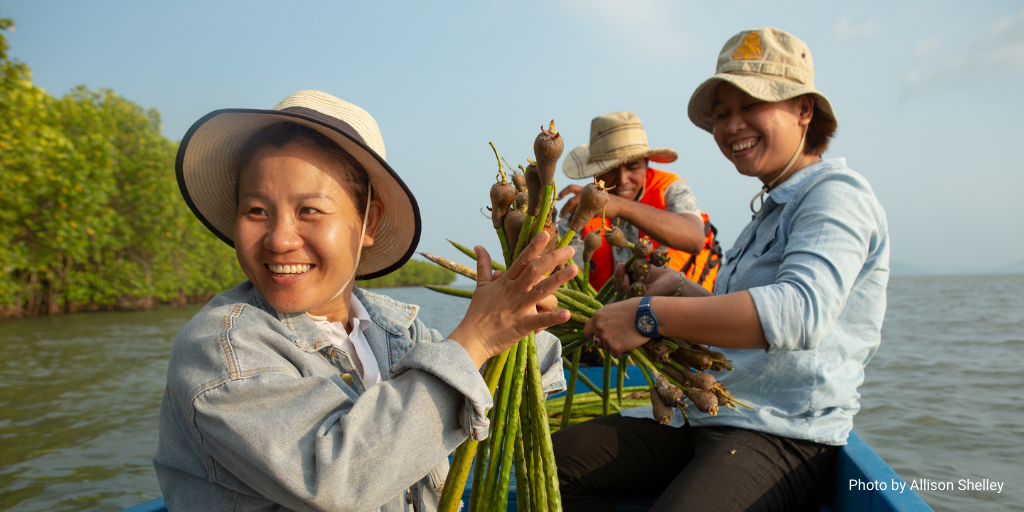 Wild Earth Allies Cambodia Senior Marine Biologist Leng Phalla (left), community fishery chief Tit Rin (back middle), and Kampot province Fishery Administration Deputy Director Tum Sopheap (right) organize mangrove seeds in Kampot province.
Wild Earth Allies Cambodia Senior Marine Biologist Leng Phalla (left), community fishery chief Tit Rin (back middle), and Kampot province Fishery Administration Deputy Director Tum Sopheap (right) organize mangrove seeds in Kampot province.
This is only the beginning – stay tuned as we continue to advance this exciting project, and please consider joining us by donating today.

